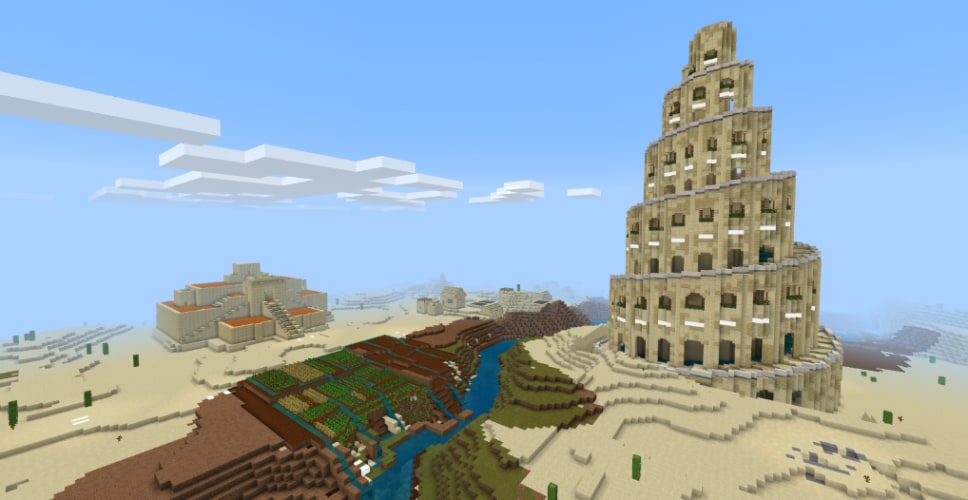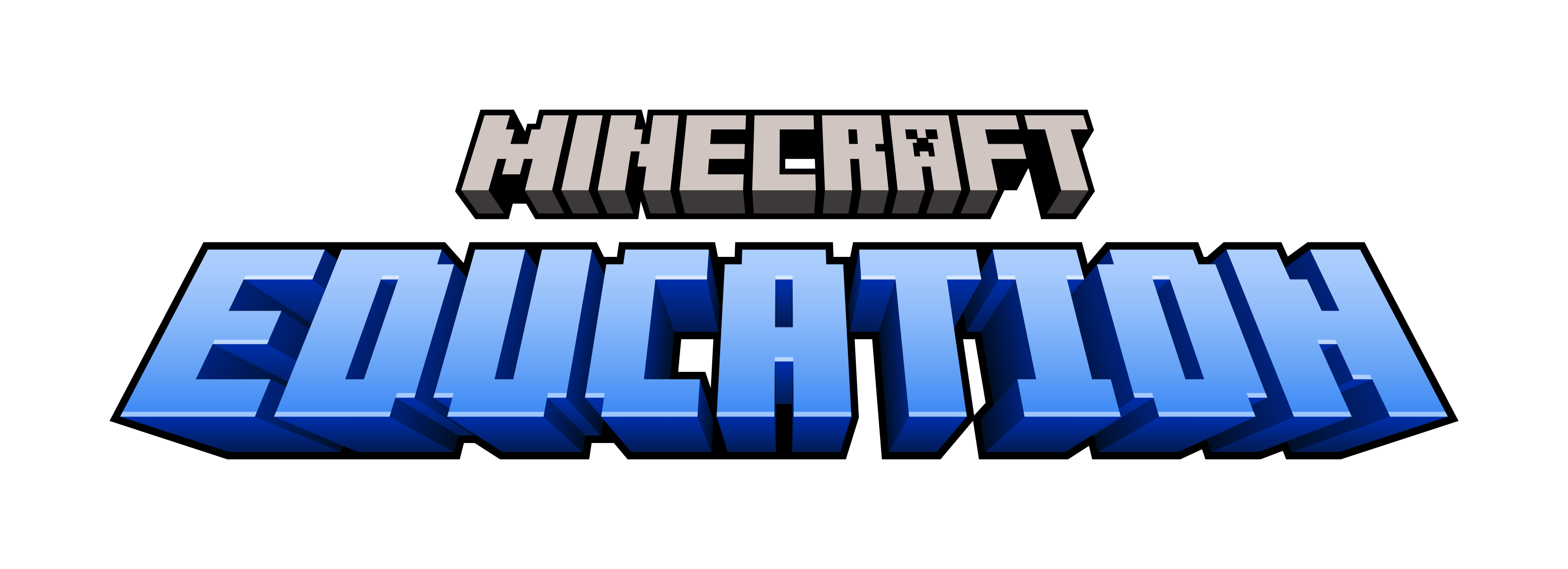Minecraft: Education Edition for English Language Learners

Trish Cloud is a Minecraft Mentor and educator with Charlotte-Mecklenberg Schools in North Carolina. Read her story of how Minecraft: Education Edition supported English Language Learning in the summer school classroom.
This past summer, Charlotte-Mecklenburg Schools’ Learning and Language Acquisition Department decided to embark on a new journey. In the English Learners summer school program, we have an emphasis on STEM education for our middle school students. Once a day, the students are exposed to various engineering challenges and technology integrations. This year, we added Minecraft: Education Edition to our curriculum. We wanted to use Minecraft in the Social Studies unit that we developed to align to 6th grade standards: Ancient Civilizations. We decided to focus on social studies because this can be a subject area where English learners have little to no prior knowledge of the topic. Our goal was to build background knowledge for students before they were exposed to the content during the school year.
When building the world for ELL students to use, it was essential to utilize the text. I wanted the world to relate to what they were reading, but I also wanted it to be more interactive than a worksheet. Various terms were brought out in the text: irrigation, terraced gardens, ziggurats, levees, and timber. I also thought the students should have an opportunity to be creative in the game. In the lesson, students entered “Mesopotamia.” The students had to visit several areas to complete various tasks. They would read a section of the text with the teacher and then complete a challenge relating to the topic in Minecraft.

When building the map, recognizing time constraints in summer school and limited time to work on the world was crucial. Students exploring Minecraft worlds with the ability to fly often get lost. To counter this—and knowing there would be no hostile mobs—I placed students in survival mode on peaceful difficulty. I connected each task to an NPC who not only gave them instructions but had links to sites with more information and the inventory necessary to complete the job. By creating custom NPCs for the students to interact with, it gave the map a more authentic feel. There was a teleporter at each location to take the student to the next assignment. Each task was designed to give participants time not only to flex their Minecraft muscles and be creative but to reinforce their learning.

By keeping the world straightforward, the summer school teachers had minimal problems handling the assignment. I was pleasantly surprised at how few issues occurred with loading worlds, accessing maps, and completing the tasks. This was the first time our ELL teachers had contacted me about using Minecraft: Education Edition with their students. But it makes sense; Minecraft transcends language, and it opens the door to communication and understanding that is accessible to everyone. I have a feeling we’ll be collaborating more in the future!
***
To get started with Minecraft: Education Edition at your school, head to education.minecraft.net.


